NFRC Ratings
-
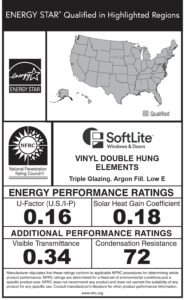 U-Factor – measurement of the rate of heat transfer; indicates how well the window insulates. Values typically range from 0.20 – 1.20, which is the insulting value of entire window. A lower U-Factor equals better insulation.
U-Factor – measurement of the rate of heat transfer; indicates how well the window insulates. Values typically range from 0.20 – 1.20, which is the insulting value of entire window. A lower U-Factor equals better insulation.
- The Northern Climate Zone has several recommended ranges due to colder climate and temperature variations. The lower the U-Factor, the better the window is at keeping cold air out.
- SHGC – (solar heat gain coefficient) is the amount of solar energy (heat from the sun) that is transmitted through the window. This is the measurement of how well the window blocks heat from sunlight and keeps the heat from entering your home. Values range from 0 – 1. The lower the number, the lower the level of solar heat transmitted. Blocking solar heat gain during the summer reduces the time cooling systems must run.
- VISIBLE TRANSMITTANCE – measures the amount of light the product lets through. VT is a number between 0 and 1. The higher the VT, the more light.
- CONDENSATION RESISTANCE – measures how well a product resists the formation of condensation. Condensation resistance is a number between 1 and 100. The higher the number, the better a product can resist condensation. CR is an optional rating, and manufacturers can choose not to include it on their NFRC labels.
- AIR LEAKAGE – is the rate that air passes through a window and is measured in cubic feet of air passing through one square foot of area per minute and falls between 0.01 and 0.30 CFM. The lower the AL value, the less air will transfer through the product. Picture windows are the most airtight window style because they are glazed directly to the frame and have less potential for leakage. Casement windows have full-compression seals and are also very airtight. AL is an optional rating that manufacturers don’t have to include on labels.


 Single Hung
Single Hung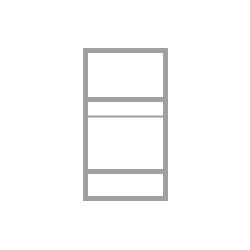
 Double Hung
Double Hung
 Casement
Casement
 Picture/Shapes
Picture/Shapes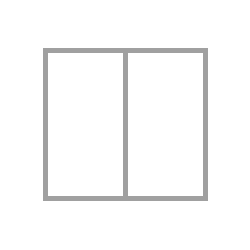
 Sliding
Sliding
 Awning & Hopper
Awning & Hopper
 Bay & Bow
Bay & Bow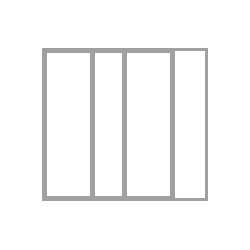
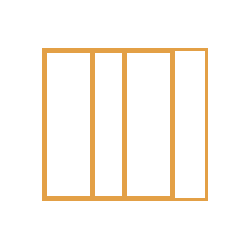 Sliding Patio Doors
Sliding Patio Doors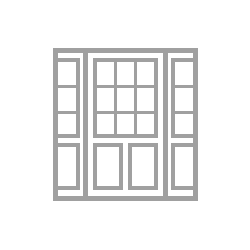
 Entry Doors
Entry Doors